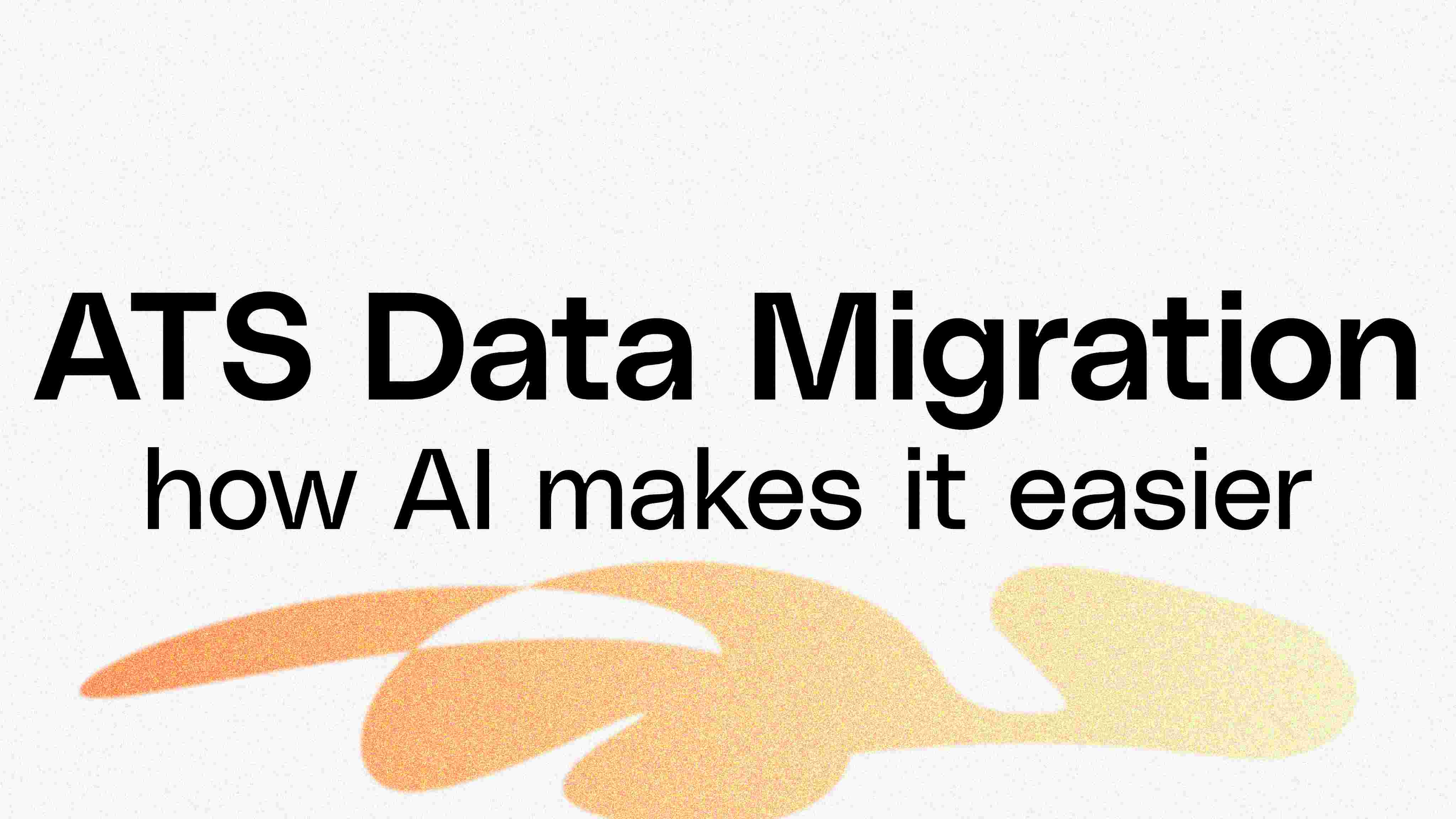The recruitment industry has seen a significant shift in recent years with the rise of AI-powered solutions. One area where this technology is making a remarkable impact is in data migration between different Applicant Tracking Systems (ATS), and Customer Relationship Management (CRM) platforms. For recruitment agencies looking to upgrade their systems, the question arises: does artificial intelligence actually simplify the often complex and tedious process of data migration?
The Traditional Data Migration Challenge
Historically, moving from one recruitment software to another has been a daunting task. Recruitment databases typically contain thousands of candidate profiles, client records, job listings, and historical interactions. The process often involves extracting data from the old system, transforming it to match the new system's requirements, and loading it into the new platform, a procedure commonly known as ETL (Extract, Transform, Load).
This traditional approach comes with significant challenges:
Time consumption: Manual migration can take days or even weeks, during which recruitment operations may be disrupted.
Data quality issues: Human error during manual data mapping often leads to incomplete or inaccurate transfers. We wrote a full post about resolving data quality with AI.
Format inconsistencies: Different systems store information in varying formats, making direct transfers problematic.
Lost relationships: The connections between candidates, jobs, and clients frequently get lost in translation.
Resource intensity: The process typically requires dedicated IT resources or expensive third-party services.
How AI Transforms Data Migration
Artificial intelligence brings a revolutionary approach to data migration for recruitment software. By leveraging machine learning algorithms and natural language processing (NLP), AI can significantly streamline the process in several ways:
Intelligent Data Mapping
AI systems can analyze the structure of both the source and destination databases to automatically suggest appropriate field mappings. Rather than manually determining which fields correspond to each other, AI identifies patterns and relationships between data points, greatly reducing the planning phase of a data migration.
Data Standardization
One of the most time-consuming aspects of data migration is standardizing information from different sources. AI excels at recognizing variations in data formatting and automatically converting them to a consistent standard. For instance, it can identify that "5 yrs experience," "5 years," and "60 months" all represent the same duration.
Relationship Preservation
Modern AI algorithms maintain the complex web of relationships between different data entities. They can understand that a candidate was submitted to multiple jobs, interviewed with several hiring managers, and has a history with particular clients, preserving these crucial connections that might otherwise be lost.
Data Enrichment During Migration
Perhaps most impressively, AI doesn't just move data; it can enhance it during the transition. By analyzing resume content, AI can extract and categorize skills that weren't explicitly tagged in the original system, effectively improving data quality during migration rather than simply maintaining it.
Real-World Results
Organizations that have embraced AI-powered data migration report compelling benefits. According to a recent industry study by Google Research, companies using AI for data migration experienced a 50% reduction in migration time and a 80% decrease in necessary human input compared to traditional methods.
Engineers at Datafold have been seeing this play out in real-time: data migrations that once took 6 months to a year and a whole team of engineers are now being completed in mere weeks by a single engineer.
The Future of Recruitment Data Management
As AI technology continues to evolve, the gap between traditional and AI-powered migration approaches will only widen. Pioneering recruitment firms are recognizing that data migration isn't just about moving information; It's an opportunity to refine, enhance, and leverage their most valuable asset: their data.
The recruitment industry is becoming increasingly data-driven, and the organizations that can efficiently migrate, integrate, and utilize their historical data will have a significant competitive advantage in identifying and placing talent.
Spott's AI-native ATS and CRM platform is specifically designed to make transitions as hitch-free as possible while enhancing your data quality. Our technology doesn't just move your data - it transforms it into a strategic asset that will power your recruitment operations for years to come.
About Spott
Founded in 2024 and backed by top US investors, Spott is revolutionizing technology for recruitment firms with the first all-in-one AI-first recruitment platform. We enable search firms to work more efficiently and make faster, better placements at scale. Learn more about Spott.
